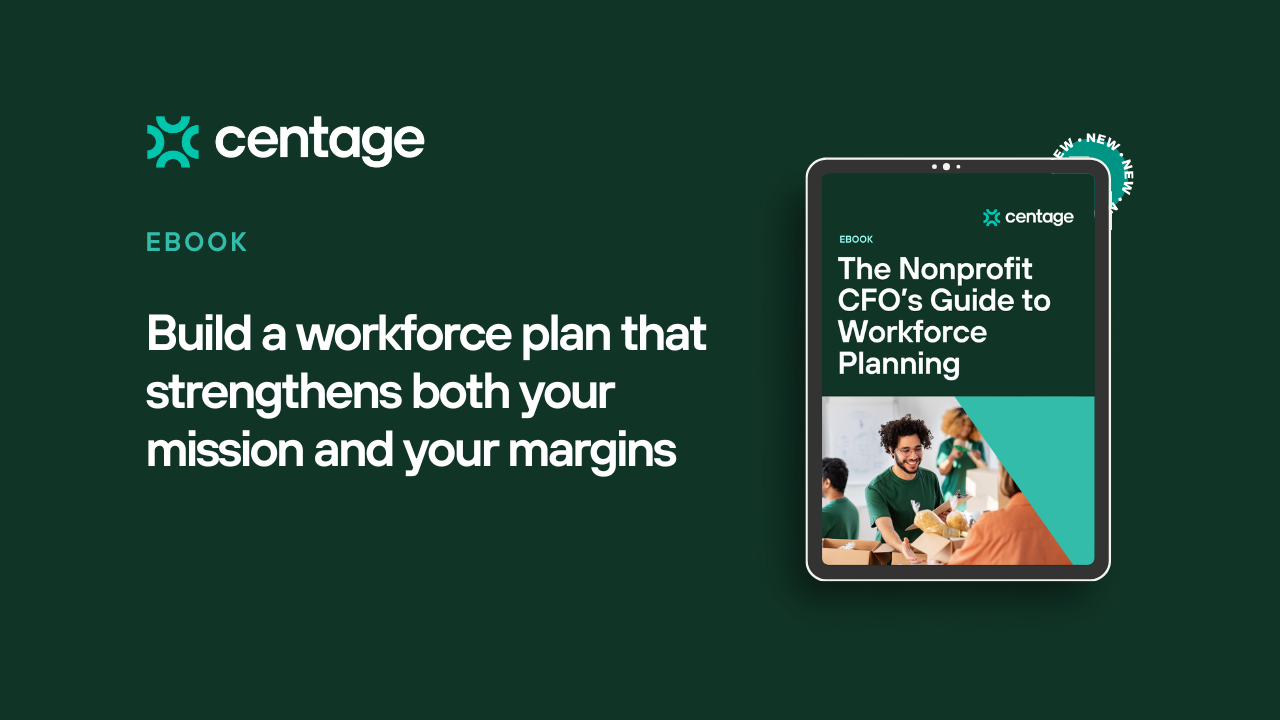Corporate Budgeting Best Practices in a Remote World
Corporate Budgeting Best Practices in a Remote World
The world of work has transformed dramatically. Remote teams are no longer the exception—they are the new standard. For FP&A professionals, this shift introduces both opportunities and challenges, particularly when it comes to corporate budgeting. Traditional budgeting approaches, often designed for co-located teams, can falter in a remote environment. Adapting your processes and leveraging modern tools is no longer optional—it’s essential.
In this article, we explore corporate budgeting best practices for remote teams, from digital collaboration to advanced forecasting techniques, helping finance leaders navigate a distributed workforce successfully.
Why Corporate Budgeting Has Changed in a Remote Era
Corporate budgeting has always been complex, but remote work adds layers of difficulty. When teams are dispersed across time zones and locations, communication delays and misalignment become common. Legacy spreadsheets and manual approvals can slow down financial planning and introduce errors, leaving executives without timely insights.
Moreover, remote teams demand more transparency. Without face-to-face check-ins, budget assumptions and financial priorities must be clearly documented and shared. Organizations that fail to adjust risk inaccuracies, missed opportunities, or misaligned priorities.
Key Challenges in Remote Corporate Budgeting
Several challenges are unique to budgeting in a distributed workforce:
- Fragmented Communication: Remote teams often rely on emails or chat apps, which can lead to missed messages or misunderstood instructions.
- Version Control Issues: When multiple stakeholders edit spreadsheets simultaneously, discrepancies arise, increasing the likelihood of errors.
- Limited Visibility: Finance leaders may struggle to see real-time performance data or departmental needs.
- Slow Approval Cycles: Remote approvals can stall budgeting processes if not automated or centralized.
These challenges emphasize why traditional budgeting approaches need a rethink in remote-first environments.
Best Practices for Corporate Budgeting in Remote Teams
To overcome these obstacles, FP&A teams should embrace budgeting best practices tailored to remote work:
- Standardize Processes: Define clear procedures for submitting, reviewing, and approving budget requests. Standard templates ensure consistency across teams.
- Emphasize Rolling Forecasts: Instead of static annual budgets, rolling forecasts allow continuous adjustments based on actual performance, improving agility in uncertain environments.
- Leverage Scenario Planning: Test multiple “what-if” scenarios to anticipate market changes, unexpected costs, or revenue fluctuations. Scenario planning helps remote teams stay prepared and aligned.
- Encourage Cross-Functional Collaboration: Budgeting should involve input from sales, operations, and HR. Structured collaboration ensures assumptions reflect reality across the business.
Implementing these practices helps maintain control and accuracy despite physical distance.
Technology’s Role in Remote Budgeting Success
Budgeting software is critical for remote financial planning. Modern cloud-based platforms provide centralized data, automated workflows, and real-time analytics—eliminating manual bottlenecks and errors common in spreadsheet-based processes.
Key technology benefits include:
- Real-Time Visibility: Finance leaders can access updated budgets anytime, anywhere.
- Automated Approvals: Reduce delays by routing budget requests digitally.
- Audit Trails: Track who made changes and when, improving accountability.
- Integration with Other Systems: Connect ERP, CRM, GL, and payroll systems for a single source of truth.
The right tools empower remote teams to collaborate efficiently, make data-driven decisions, and align budgets with strategic priorities.
Aligning Finance and Remote Teams on Priorities
Successful corporate budgeting in remote teams requires alignment across all departments. Finance leaders should establish regular check-ins and digital collaboration sessions to review assumptions, discuss variances, and prioritize initiatives.
Best practices include:
- Use Collaborative Platforms: Tools like Centage with workflow features help keep discussions transparent.
- Visual Dashboards: Share key metrics in dashboards so all stakeholders understand the budget’s impact.
- Clear Communication of Goals: Define objectives and key performance indicators (KPIs) to ensure departments focus on shared priorities.
When finance and operational teams are aligned, budgets become more than numbers—they become a strategic roadmap for the organization.
Case Example: Budgeting Done Right
Take SCYNEXIS as an example. They are a clinical-stage biotech company that illustrates how remote corporate budgeting can be streamlined. Previously relying on spreadsheets for budgeting and HR planning, the company faced slow processes and frequent errors.
By adopting Centage’s cloud-based FP&A software, SCYNEXIS unified finance, HR, and IT on a single platform, enabling real-time collaboration across distributed teams. Driver-based budgeting simplified headcount and workforce cost management, while automated workflows reduced manual errors. The result was faster, more accurate cash forecasting and greater leadership visibility, helping the company align financial planning with strategic priorities seamlessly.
Future of Corporate Budgeting in a Remote-First World
Remote work is here to stay, and corporate budgeting must evolve accordingly. Expect continued adoption of cloud platforms, AI-assisted forecasting, and predictive analytics that help finance leaders model scenarios faster and more accurately.
We will also see more hybrid approaches to budgeting, blending traditional annual plans with continuous, adaptive financial planning cycles. Remote collaboration tools will remain central, ensuring finance and operational teams stay connected and aligned, regardless of location.
Finance leaders who embrace agility, data-driven insights, and digital collaboration will lead organizations confidently through uncertainty and growth.
Conclusion: Building Agility in Remote Corporate Budgeting
Corporate budgeting in a remote world is more complex than ever—but it’s also an opportunity. By implementing budgeting best practices, leveraging modern technology, and fostering cross-functional collaboration, FP&A teams can deliver accurate, timely, and strategic financial plans.
Remote corporate budgeting isn’t just about adapting to a new environment; it’s about transforming the budgeting process into a resilient, agile system that drives smarter decisions. Finance leaders who embrace this shift will not only survive in a remote-first world—they will thrive.
👉 Book a demo today to see how Centage can transform your budgeting process.
Keep reading...
Interviews, tips, guides, industry best practices, and news.


